A mid-year review of the Greenfield Kilkenny budget highlights a number of big money issues that are hitting most dairy farms in the east and south of the country in 2018.
There are three big issues for the farm: firstly, annual milk supply is predicted to be down between 20 to 25% year to date compared to last year. Secondly, the purchase of feed for milking cows will be three or four times what was predicted at the start of the year. Thirdly, winter feed will have to be purchased as the herd have grazed the second-cut and are eating into first-cut silage for the last three weeks. The combination of fewer sales and higher costs could see the farm lose €150,000 this year.
Most costs can be predicted at this stage but the extent of what feed needs to be purchased is not finalised yet as grass growth has increased considerably over the last 10 days since the rain arrived. All going well and assuming rain continues, supplement will be removed this week as the farm fills up with grass. The last significant grass growth rate recorded was in early June and at that stage the farm was already beginning to dry out.
In detail
The smaller milk cheque for the farm is a combination of less milk sold and lower milk price. Milk sales dropped significantly following the snow storm in March. While the herd has been catching up on volumes sold, it is likely the herd will still deliver over 20% less milk solids in 2018. Manufacturing milk price to date is back over 0.40c/kg MS (3c/l). This combination of lower sales at a lower price is highly significant in terms of lower income.
On milking feed costs in 2017, the farm performed exceptionally well in terms of grass growth and rains arrived at all the right times to keep the farm growing. This year has been almost the exact opposite. Spring was difficult and little or no rain since mid-May saw the farm dry out and growth rates crash to zero for the last two months. Cows were supplemented with forage and concentrate and it likely that cows will consume over 800kg of concentrate per cow this year compared to the 220kg per cow fed in 2017. That’s a cost increase of over €150/cow. Total concentrate cost for the year could come to €60,000.
On winter feed, instead of purchased forage coming in at maybe €20,000 it will probably come in over €60,000 this year. The herd has already consumed all surplus round bales and has made a decent dent in the first-cut silage pit.
Lessons
So what are the lessons? For the business to continue to pay its bills, it will have to dip into the €125,000 cash reserve built up when milk price was high. What would happen if that reserve was not present? There are options – the business could have a discussion with the bank about restructuring debt repayments. About €80,000 per year is being paid back in capital and interest (€60k capital/€20k interest). Perhaps more working capital/money could be borrowed? Debt levels are now closer to €400,000 than the €850,000 at the start of the business (2010).
Depending on how these discussions would go, the other option is to look at stock sales. Over €85,000 is leaving this business every year on contract-rearing replacements. However, as many farmers will find out this year, prices will be well down as farmers sell into a market where prices are much lower than expected. Demand for stock is lower as feed is limited and potentially stock could be sold from farms at a net loss. This could trigger a longer-term reduction in sales from a business.
All the short-term issues like culling early, reducing non-productive cows on the farm, continuing to feed while grass grows and spreading fertiliser are all happening. However, like Greenfield Kilkenny, many farms in the east of the country should now be trying to get a handle on how the year will finish up and how they are going to cashflow the deficit in sales and the increased costs. The Kilkenny farm is lucky to have a cash reserve that will be used this year. Not all farms will have this fallback but other solutions will and must be planned over coming weeks.




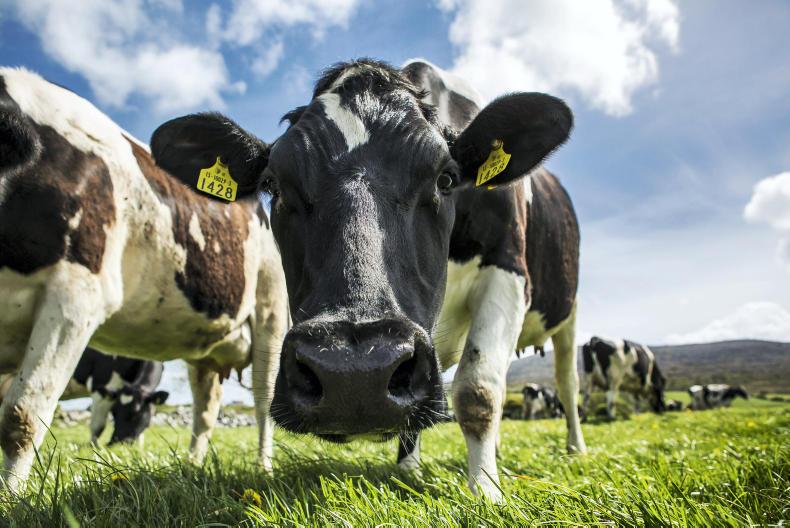
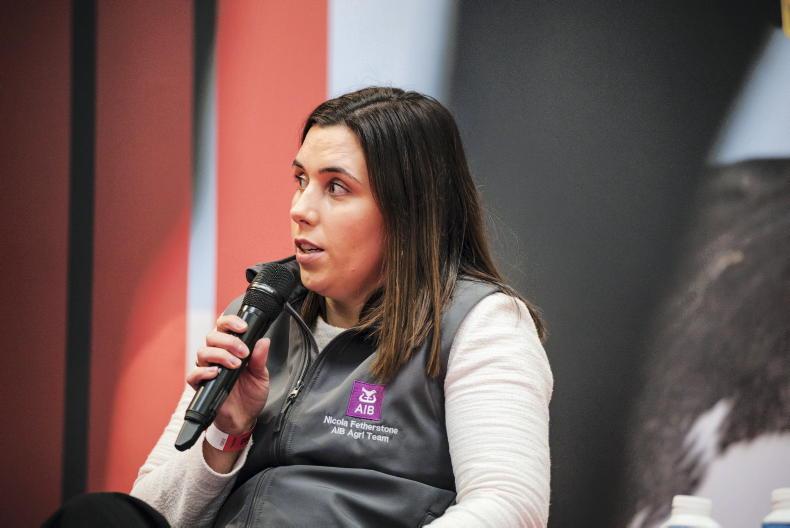

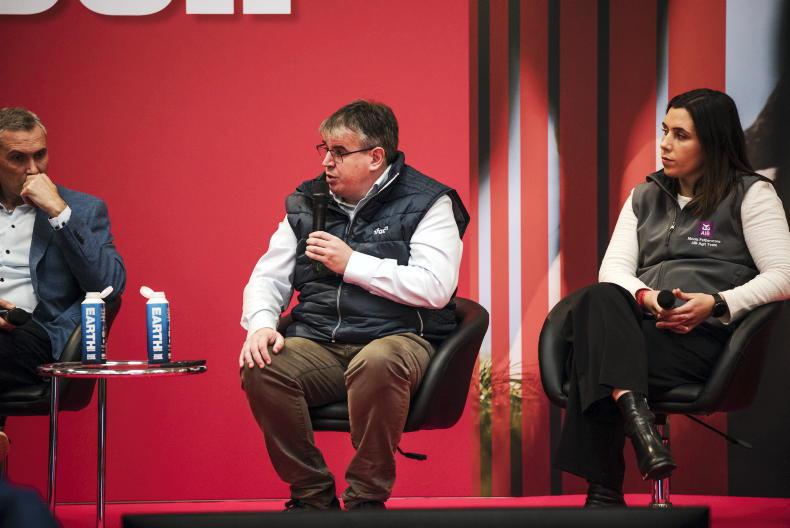
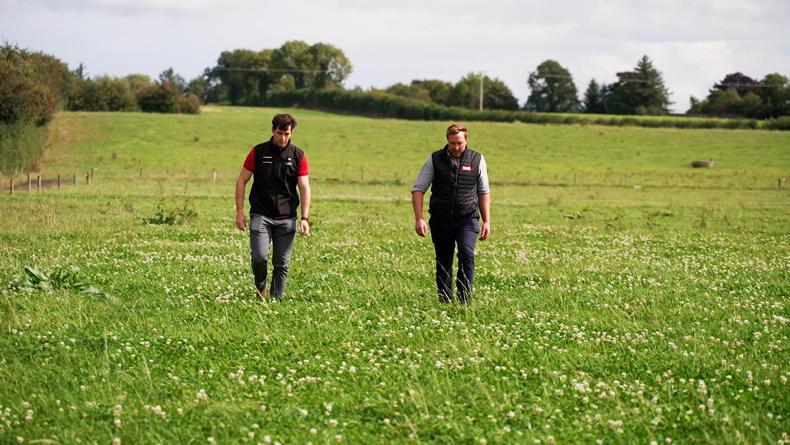
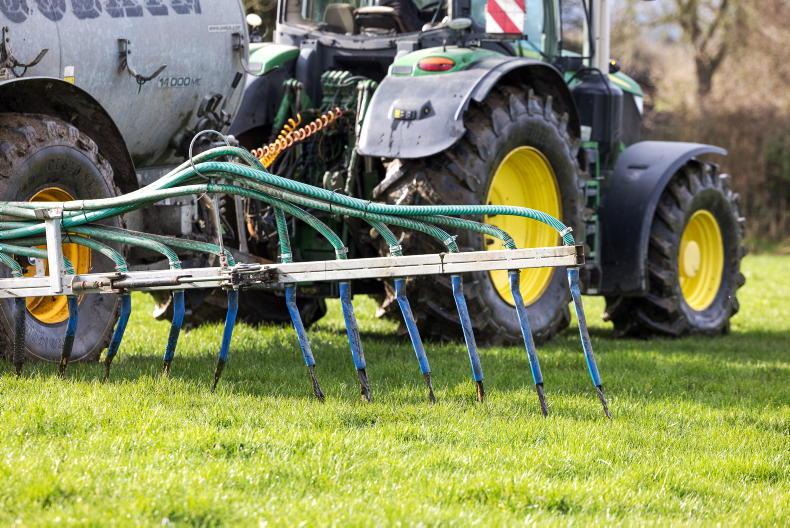
SHARING OPTIONS